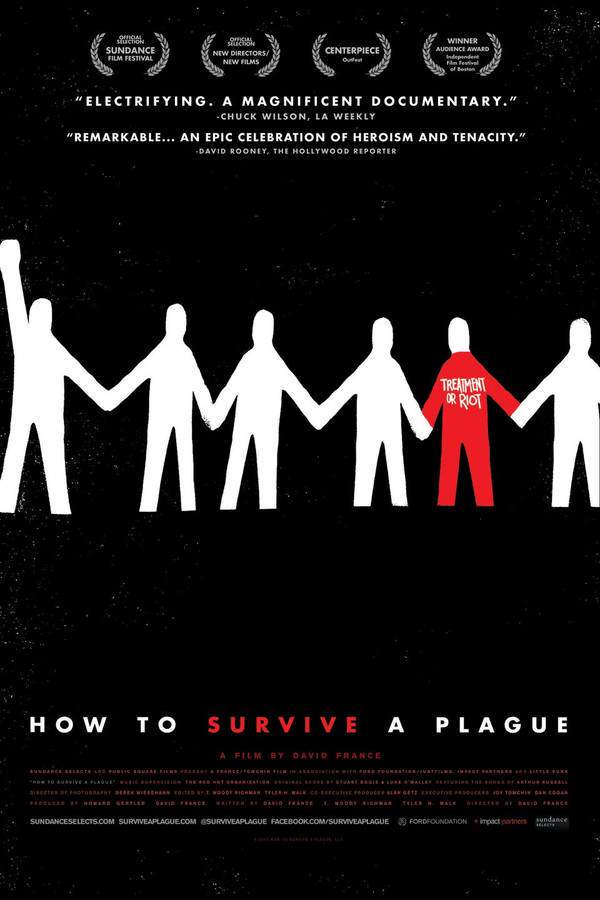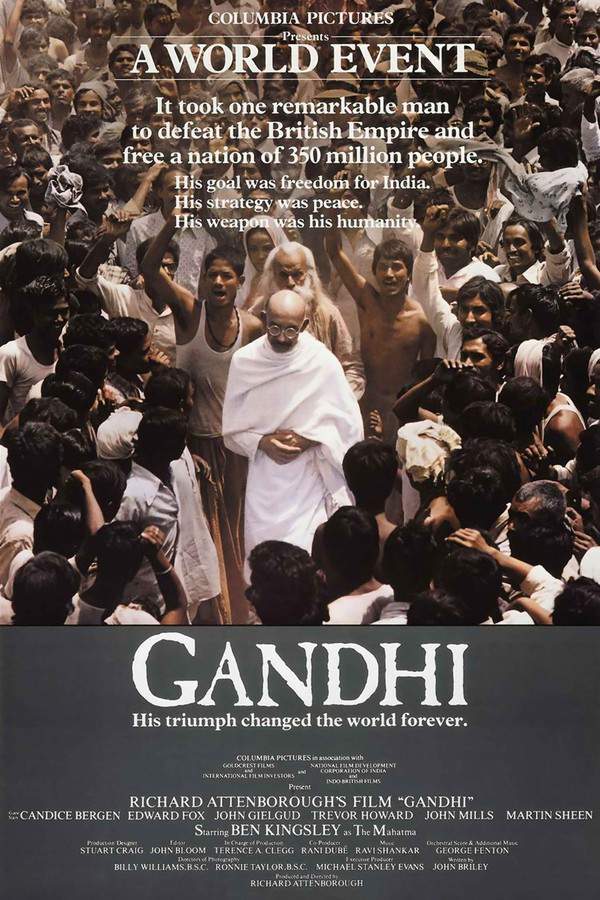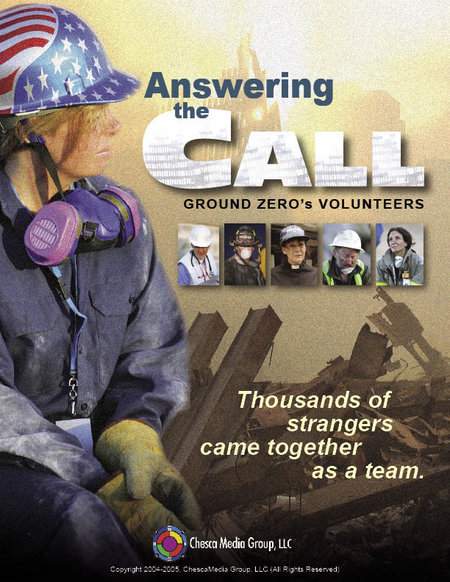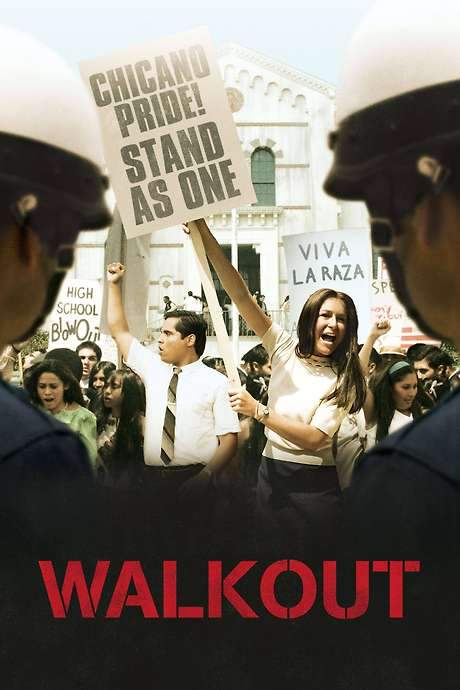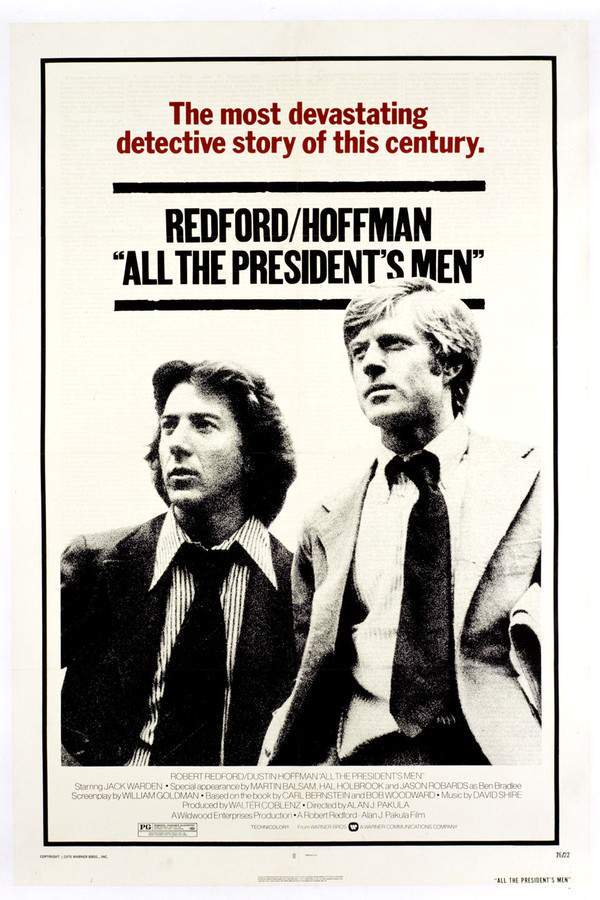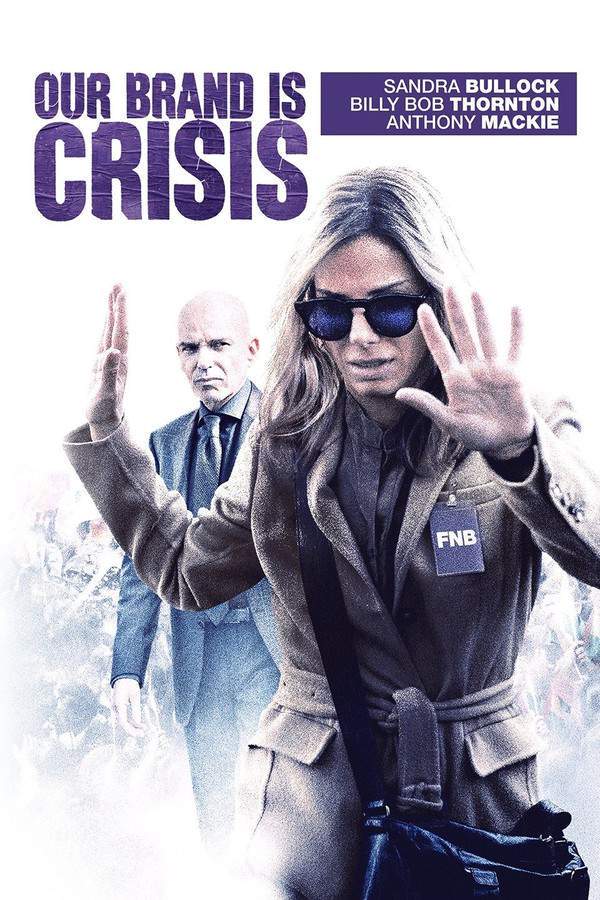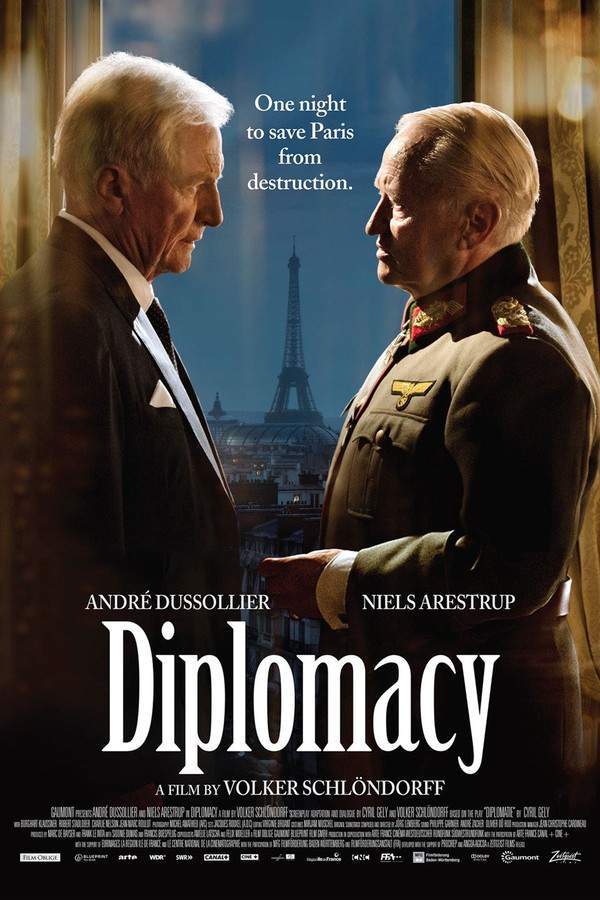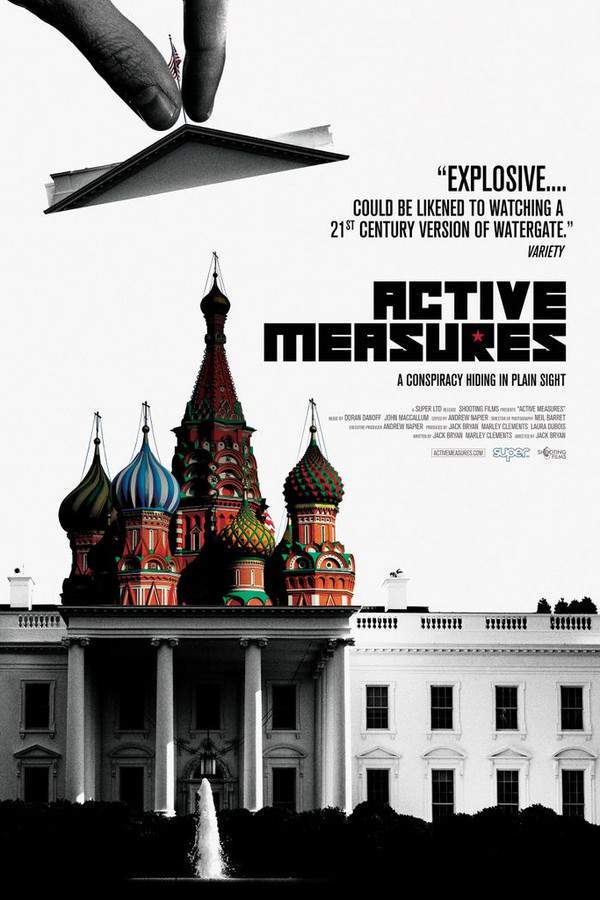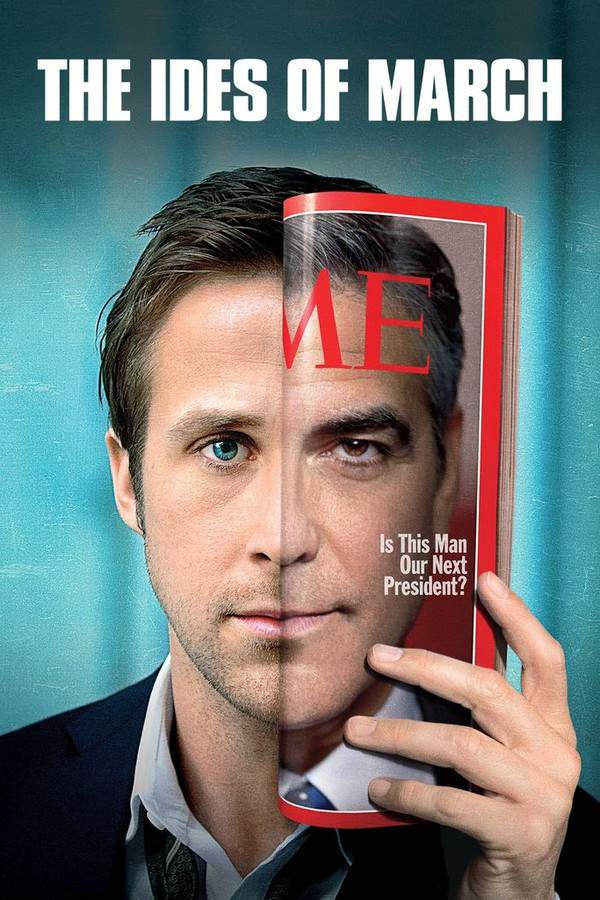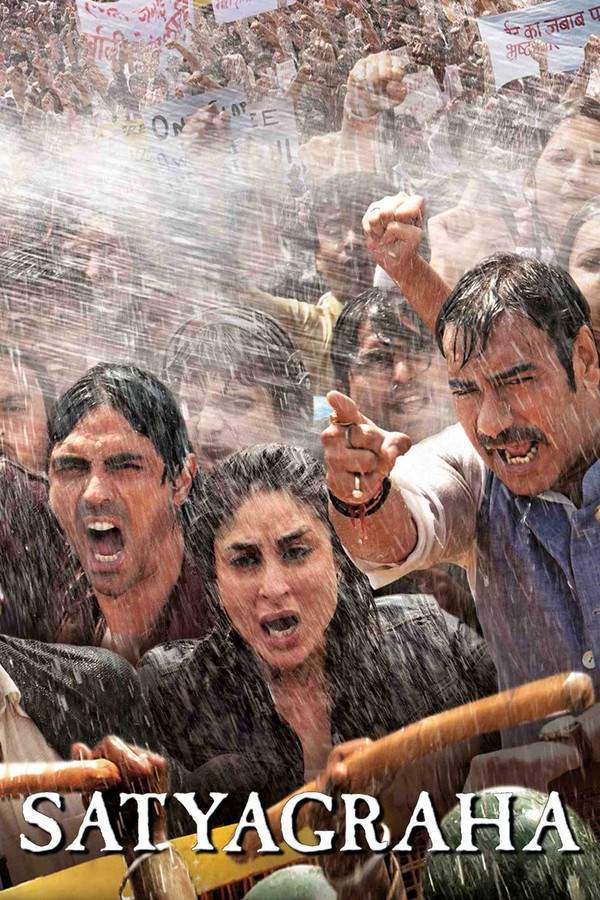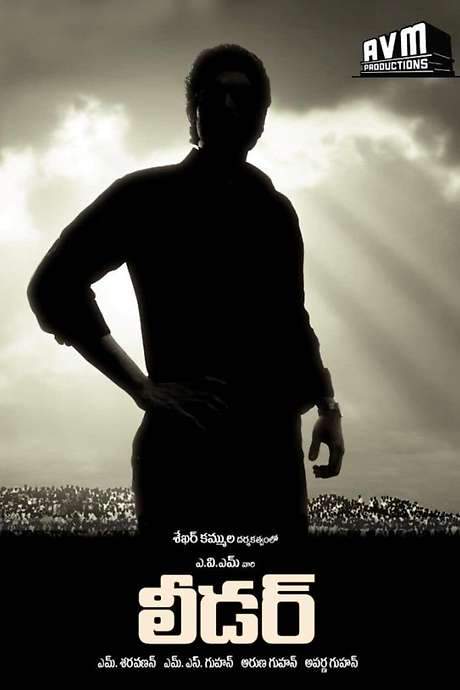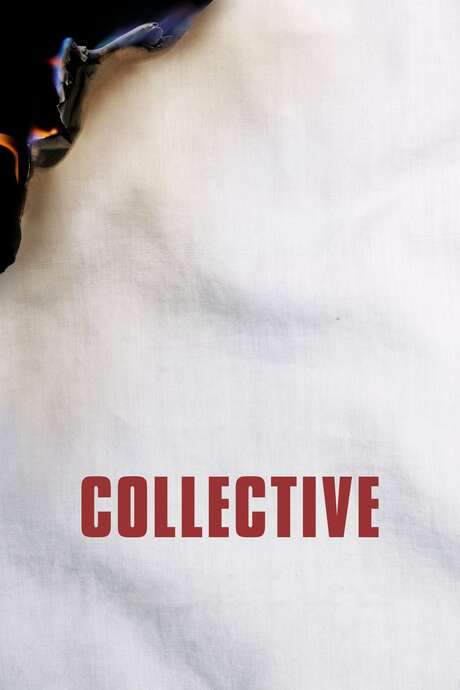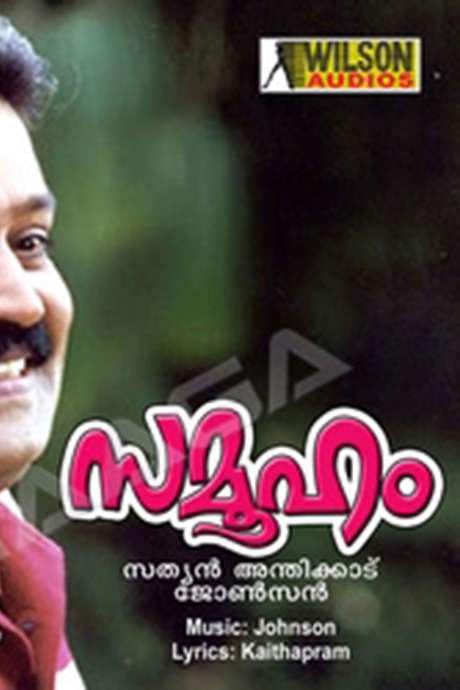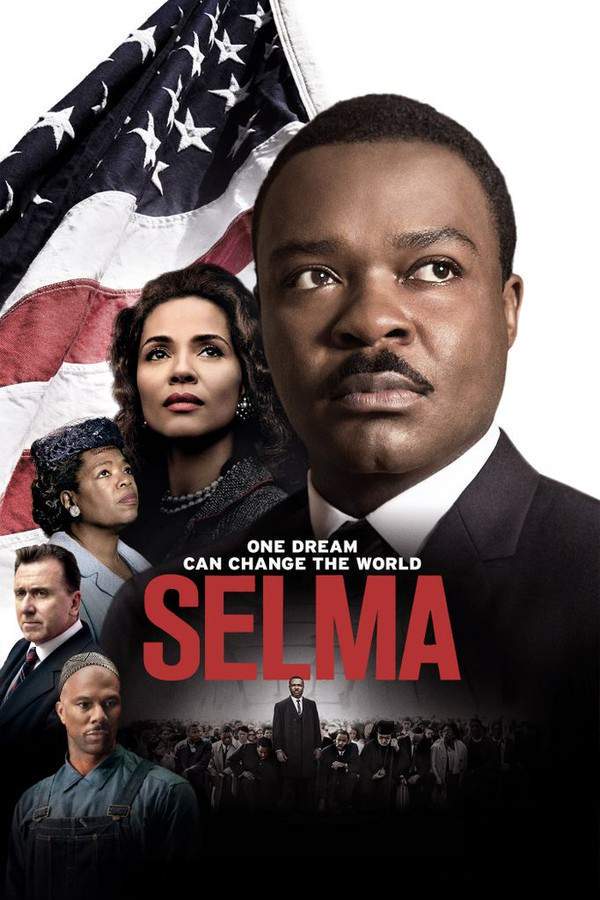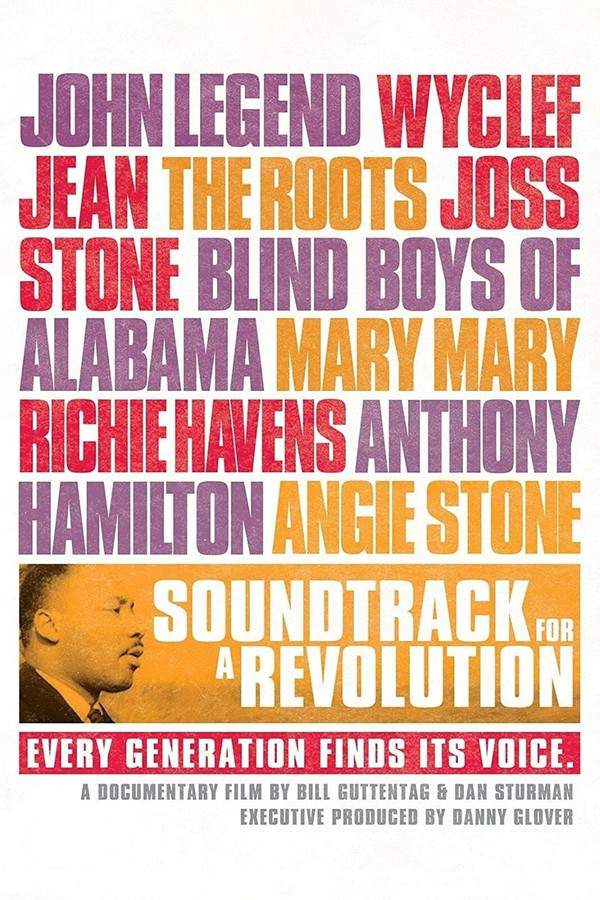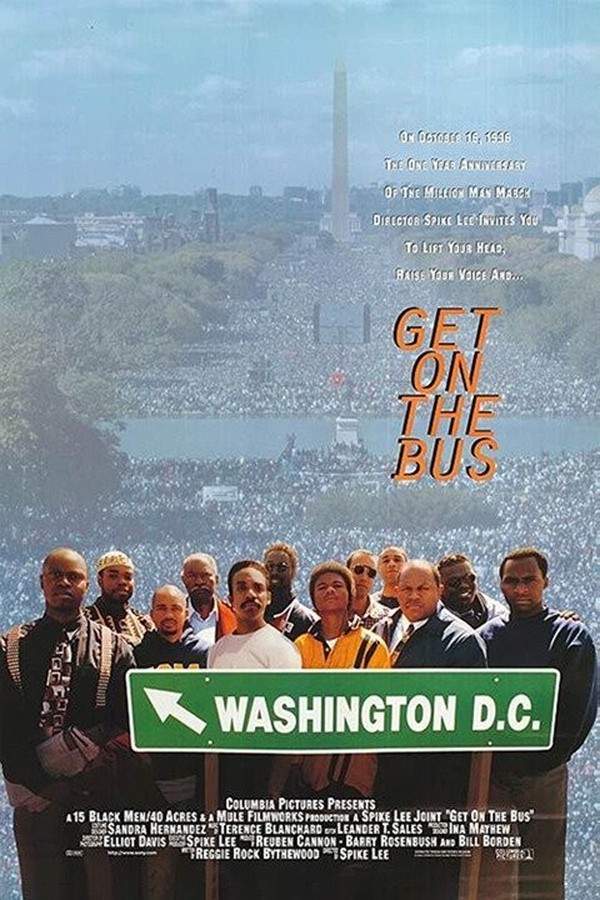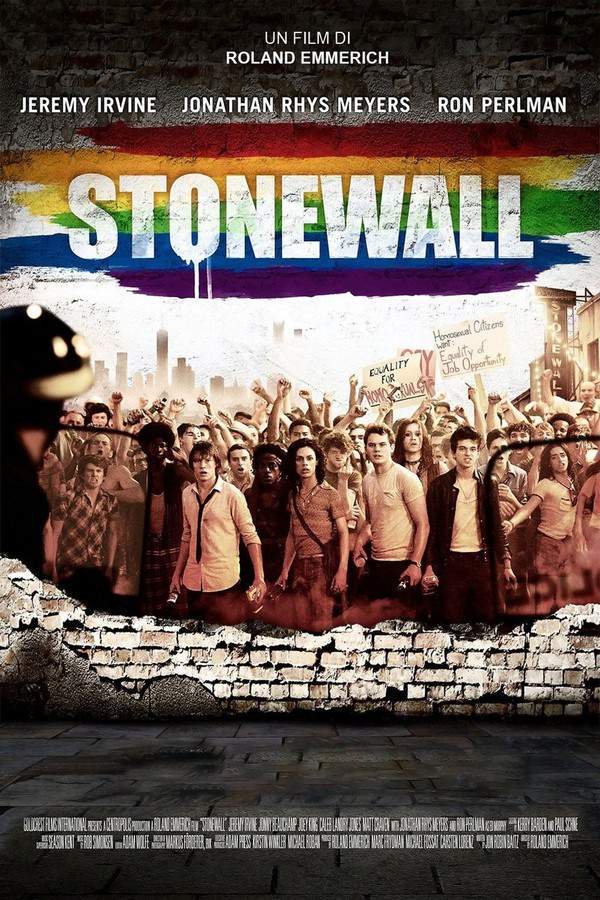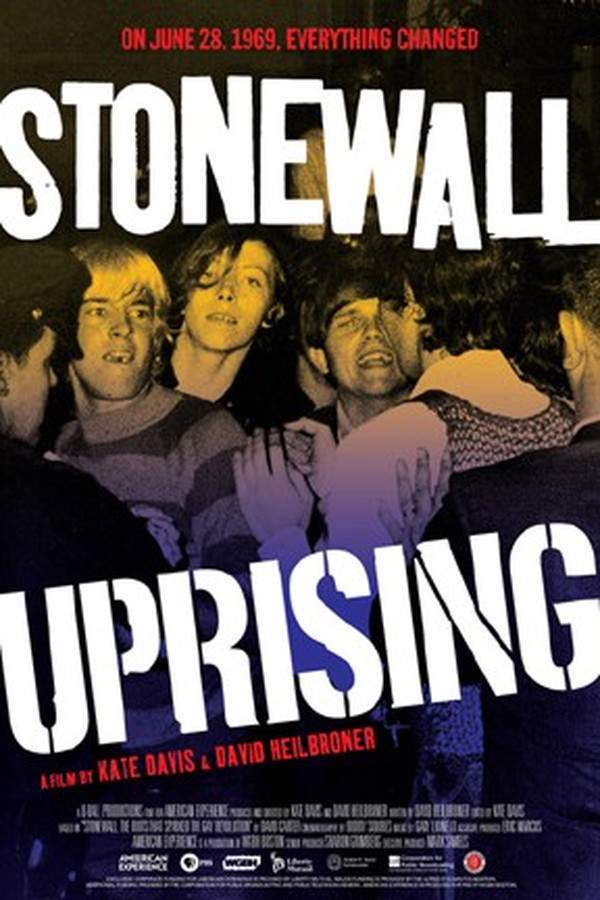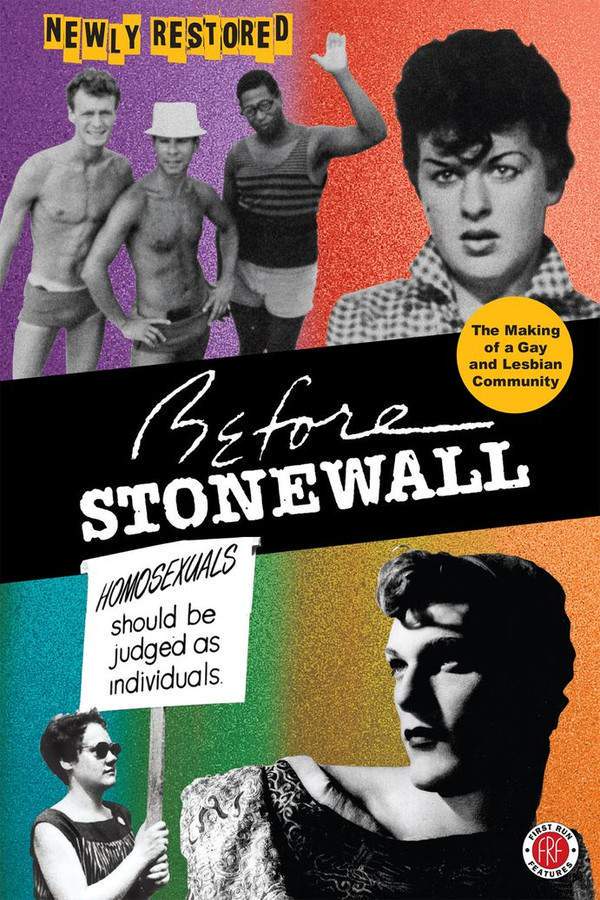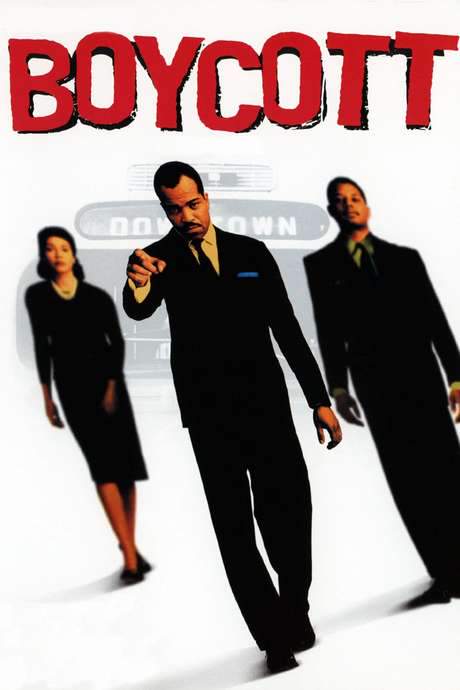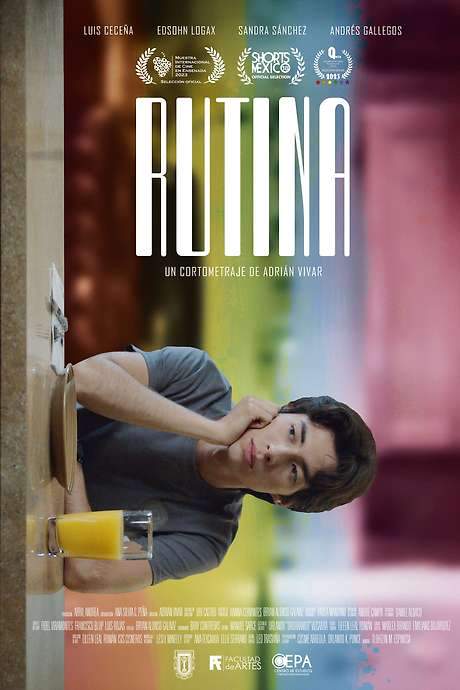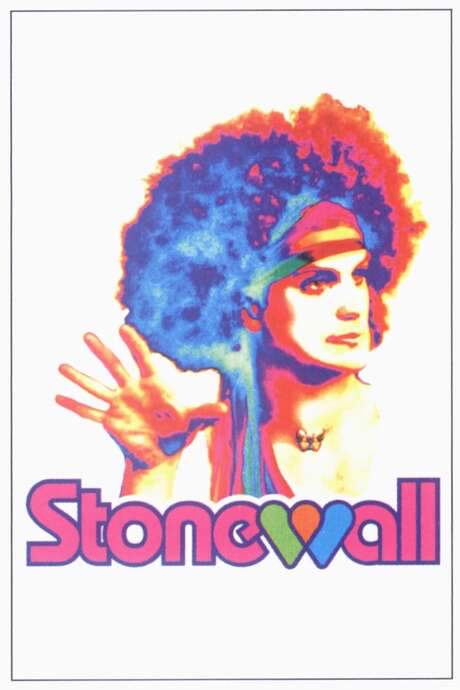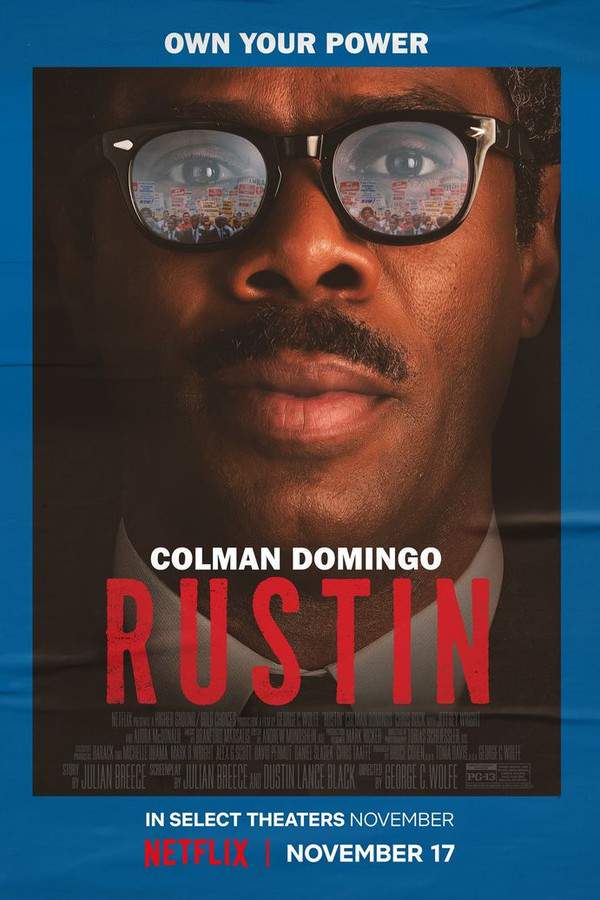
Rustin
Bayard Rustin was a pivotal figure in the Civil Rights Movement, and this film explores his story as the architect of the 1963 March on Washington. Defying convention, he faced significant challenges as a gay man working for equality. The film highlights his unwavering commitment to his beliefs and his determination to shape history, despite facing personal and professional obstacles. His legacy continues to inspire the fight for justice and human rights.
Warning: spoilers below!
Haven’t seen Rustin yet? This summary contains major spoilers. Bookmark the page, watch the movie, and come back for the full breakdown. If you're ready, scroll on and relive the story!
Timeline – Rustin (2023)
Trace every key event in Rustin (2023) with our detailed, chronological timeline. Perfect for unpacking nonlinear stories, spotting hidden connections, and understanding how each scene builds toward the film’s climax. Whether you're revisiting or decoding for the first time, this timeline gives you the full picture.
Last Updated: October 09, 2025 at 16:13
Explore Movie Threads
Discover curated groups of movies connected by mood, themes, and story style. Browse collections built around emotion, atmosphere, and narrative focus to easily find films that match what you feel like watching right now.
True stories of historic changemakers like in Rustin
Inspiring stories of the overlooked figures behind monumental social movements.If you were inspired by Rustin, explore other movies like it that tell the true stories of unsung heroes in history. These films focus on the determined individuals behind major social movements, showcasing their personal sacrifices and unwavering commitment to justice.
Narrative Summary
These narratives typically follow a determined protagonist facing systemic opposition as they work tirelessly towards a historic goal. The journey is marked by personal sacrifice, political maneuvering, and the ultimate, bittersweet triumph of contributing to a larger cause.
Why These Movies?
Movies in this thread share a focus on biographical accuracy, a heavy emotional weight from tackling injustice, and a hopeful tone born from depicting tangible progress, often culminating in a bittersweet but inspiring conclusion.
High-stakes political dramas with tense organizing like Rustin
Tense dramas where meticulous planning meets immense pressure to change the world.For viewers who liked the tense political organizing in Rustin, this section features similar movies about high-stakes campaigns and movements. These dramas capture the methodical build-up, factional conflicts, and immense pressure of trying to orchestrate historic change.
Narrative Summary
The plot revolves around a clear, ambitious objective—like a major protest or campaign—that must be achieved against a ticking clock and powerful opposition. The story structure is a steady build of logistical and interpersonal challenges, leading to a climactic event that defines success.
Why These Movies?
These films are grouped by their shared high intensity, steady pacing that builds towards a climactic event, and a core theme of collective action overcoming adversity. They blend heavy emotional themes with a sense of hopeful determination.
Unlock the Full Story of Rustin
Don't stop at just watching — explore Rustin in full detail. From the complete plot summary and scene-by-scene timeline to character breakdowns, thematic analysis, and a deep dive into the ending — every page helps you truly understand what Rustin is all about. Plus, discover what's next after the movie.
Rustin Summary
Read a complete plot summary of Rustin, including all key story points, character arcs, and turning points. This in-depth recap is ideal for understanding the narrative structure or reviewing what happened in the movie.

Characters, Settings & Themes in Rustin
Discover the characters, locations, and core themes that shape Rustin. Get insights into symbolic elements, setting significance, and deeper narrative meaning — ideal for thematic analysis and movie breakdowns.

Rustin Ending Explained
What really happened at the end of Rustin? This detailed ending explained page breaks down final scenes, hidden clues, and alternate interpretations with expert analysis and viewer theories.

Rustin Spoiler-Free Summary
Get a quick, spoiler-free overview of Rustin that covers the main plot points and key details without revealing any major twists or spoilers. Perfect for those who want to know what to expect before diving in.

More About Rustin
Visit What's After the Movie to explore more about Rustin: box office results, cast and crew info, production details, post-credit scenes, and external links — all in one place for movie fans and researchers.

Similar Movies to Rustin
Discover movies like Rustin that share similar genres, themes, and storytelling elements. Whether you’re drawn to the atmosphere, character arcs, or plot structure, these curated recommendations will help you explore more films you’ll love.
Explore More About Movie Rustin
Rustin (2023) Plot Summary & Movie Recap
Rustin (2023) Scene-by-Scene Movie Timeline
Rustin (2023) Ending Explained & Theories
Rustin (2023) Spoiler-Free Summary & Key Flow
Movies Like Rustin – Similar Titles You’ll Enjoy
Selma (2014) Detailed Story Recap
Soundtrack for a Revolution (2010) Movie Recap & Themes
Get on the Bus (1996) Complete Plot Breakdown
Stonewall (2015) Full Movie Breakdown
Stonewall Uprising (2010) Film Overview & Timeline
Before Stonewall (1985) Spoiler-Packed Plot Recap
Citizen King (2004) Film Overview & Timeline
Brother Outsider: The Life of Bayard Rustin (2003) Story Summary & Characters
Boycott (2001) Full Summary & Key Details
As Long As I’m Famous (2020) Complete Plot Breakdown
Pat Rocco Dared (2021) Full Summary & Key Details
Rutina (2022) Full Movie Breakdown
Stonewall (1995) Film Overview & Timeline
The Bus (1965) Story Summary & Characters
Dr. Martin Luther King, Jr.: A Historical Perspective (1994) Ending Explained & Film Insights

